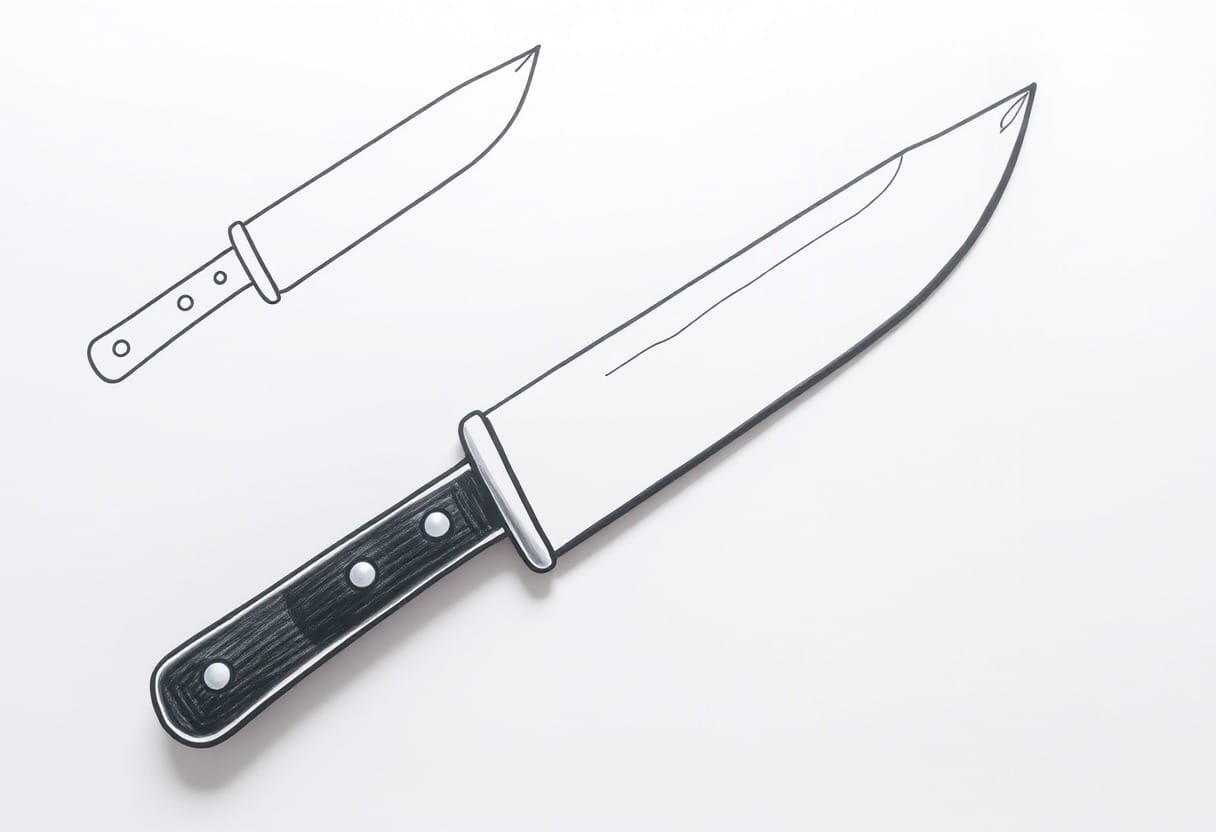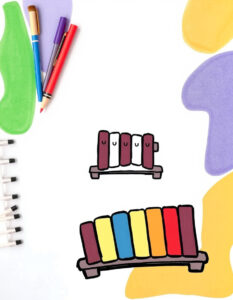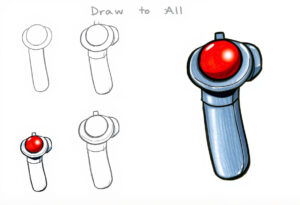How to draw knife, A fun and interesting technique to learn drawing is to sketch a knife! A knife has a clean design with sharp edges, and it’s a lot of pleasure to get those details exactly perfect. Sketching a basic tool isn’t enough; you also need to use your imagination and sketching skills to make it seem amazing and realistic. Together, let’s have some fun designing a knife! Please take out your pencil and let’s get going!
Table of Contents
The Sharpness of Precision
When it comes to drawing, accuracy is key. You need to pay close attention to the lines you create. The blade should be sharp and straight, just like a professional knife! Mastering the angles and curves in your drawings can be an enjoyable challenge that allows you to refine your precision skills. Whether you’re engaged in creative activities, constructing something, or finding solutions, precision is crucial for achieving the desired outcome. So let’s pay attention to those sharp edges and give your knife drawing a cool look!
The Art of Balance
Designing a knife involves finding the perfect equilibrium between the blade and the handle, resulting in a knife that exudes strength and readiness. Just like in life, finding a sense of equilibrium is crucial! Whether you’re juggling various responsibilities, such as schoolwork, hobbies, or friendships, finding the perfect equilibrium is key to ensuring everything runs smoothly. When drawing a knife, it’s crucial to consider the balance of shape and details to create a realistic and well-crafted depiction. It’s important to remember that finding balance is crucial in all aspects of life!
Understanding Shape and Form
When you draw, you have the opportunity to explore a variety of shapes and forms, which can be incredibly enjoyable! A knife consists of a sharp blade and a durable handle, each with its own distinct shape. Learning to draw these shapes can be a fun and valuable skill to develop. It allows you to explore how various forms interact and come together to create interesting and practical designs. Just like in real life, gaining an understanding of how various components fit together allows for a greater appreciation of the entire picture. Exploring the art of knife drawing can help you develop a fresh perspective on shapes and enhance your drawing abilities.
Steps: How to Draw Knife
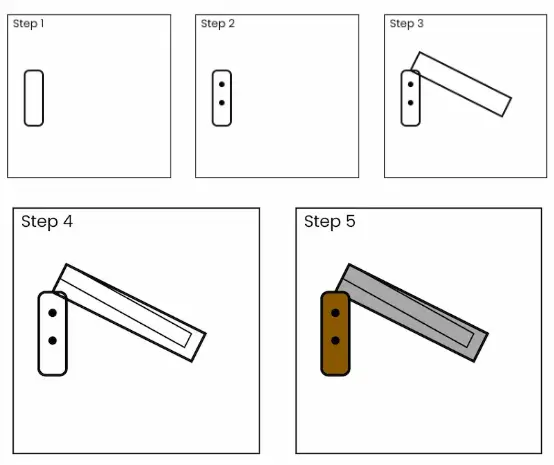
Step 1:
Begin by sketching a lengthy, unswerving line. This will serve as the foundation for your knife, providing support for the blade. Imagine it as the foundation of your knife, ensuring stability and durability!
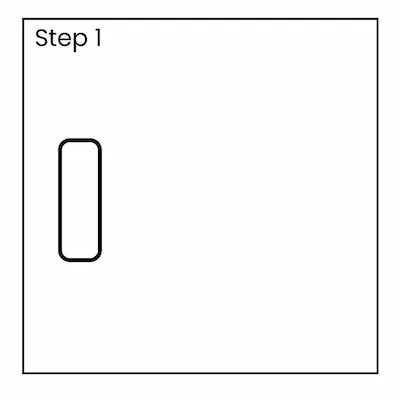
Step 2:
Now, let’s sketch the shape of the blade. Beginning at one end of the line, gently curve your pencil downwards and then upwards to form the precise edge of the knife. The blade should narrow gradually towards the tip. This part is all about creating a polished and refined cutting edge, so let’s make it sharp and sleek!
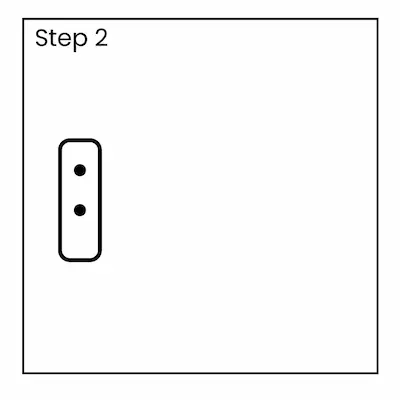
Step 3:
After that, you can sketch the handle on the other side of the blade. The handle can have different shapes, either rectangular or slightly curved, depending on the type of knife you prefer to draw. Ensure that it is thick enough to provide a comfortable grip. Here is where you can incorporate enjoyable elements such as grip lines or a protective barrier between the blade and handle.
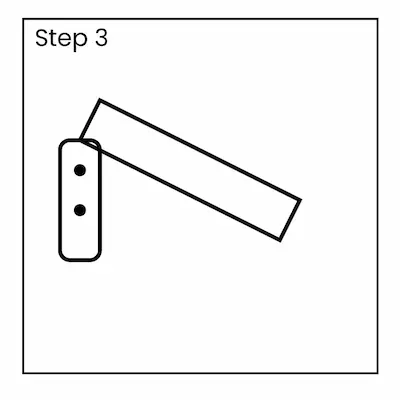
Step 4:
Include any extra details about your knife, such as the type of blade edge or any small screws on the handle. Adding shading can enhance the appearance of the blade, giving it a polished and sharp look. These small details enhance your knife drawing, giving it a lifelike and impressive appearance!
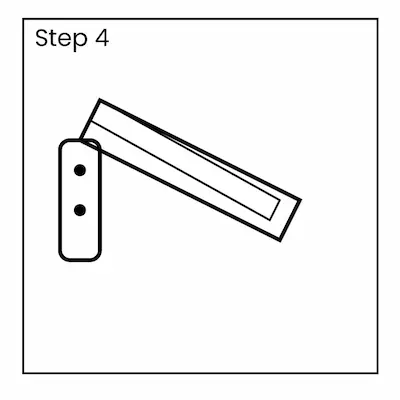
Step 5:
Practice your lines to ensure they are powerful and easy to understand. Remove any guidelines that are no longer necessary. Now, your knife drawing is finished! Don’t worry if it’s not perfect the first time! Keep practicing, and you’ll improve with each attempt.
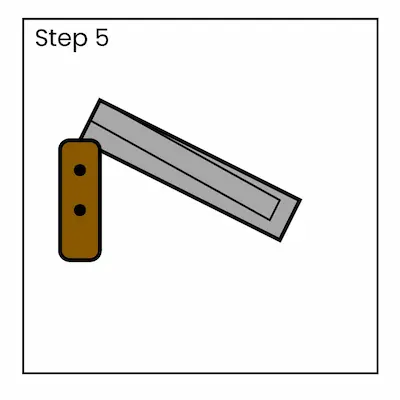
Theme 1: The Power of Precision
Even though a knife may appear straightforward, achieving perfection in its design demands meticulous attention to detail. Learning to use a knife while drawing helps you develop precision in your lines and shapes. Whether you’re engaged in creative activities, constructing something, or finding solutions, precision is key to achieving remarkable results. It’s a wonderful reminder that being cautious and precise can have a significant impact!
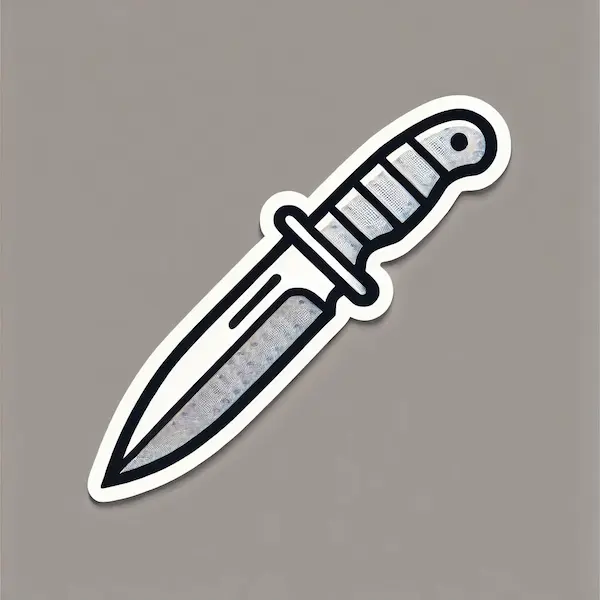
Theme 2: Balance in Design
Woohoo! Let’s discuss finding a healthy equilibrium! A knife is all about finding the perfect equilibrium—between the blade and the handle, between sharpness and strength. Understanding the importance of balance in design can be achieved by drawing a knife. Whether it’s in art, engineering, or everyday life, finding the right balance is crucial for achieving optimal functionality and aesthetic appeal. Mastering the art of knife drawing will enhance your understanding of this crucial concept and enable you to apply it in your artistic endeavors!
Theme 3: The Beauty of Functionality
Hey there, little one! Let’s discuss the fascinating combination of aesthetics and practicality in a knife! A knife is meant to be used, but it also has a sleek, elegant shape that can be enjoyable to draw. When you create your knife drawing, you’re not just making a picture; you’re exploring how form and function come together to create something practical and visually appealing. Exploring the intricacies of everyday objects can foster an appreciation for their artistry and ignite a desire to craft your functional designs!
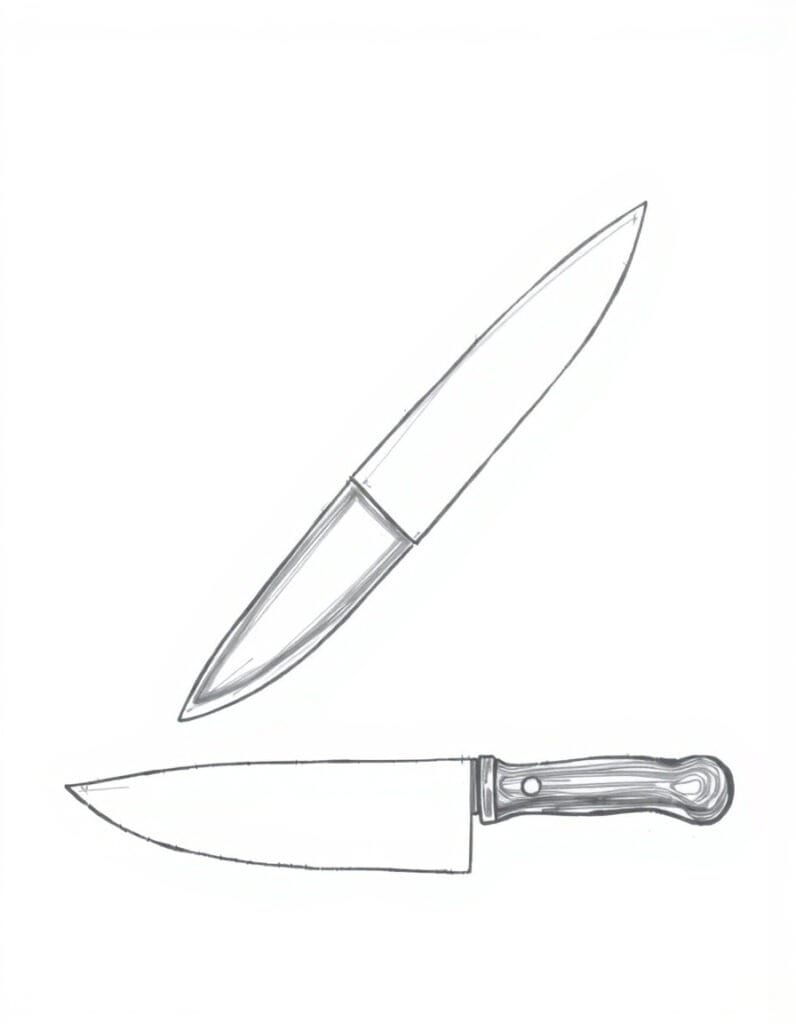
Conclusion
Drawing with a knife can be an exciting and unique way to enhance your artistic abilities! It’s not only about creating a basic tool; it’s about developing precision, finding the right balance in your design, and recognizing the elegance of functionality. By being patient and focusing on the little things, you’ll create a knife drawing that looks impressive and amazing! Keep in mind, that with consistent practice, you will see improvement. So, grab your pencil and enjoy creating something unique! Every time you create art, your skills are improving, which is something to be proud of!
Check out this fun tutorial for a simple guide on how to draw a mango! The guide shows how to draw a mango shape, add a stem and leaf, and make the drawing pop with shadows and highlights for a fun fruit illustration. It’s just right for those starting out and for anyone wanting to polish their drawing abilities.

